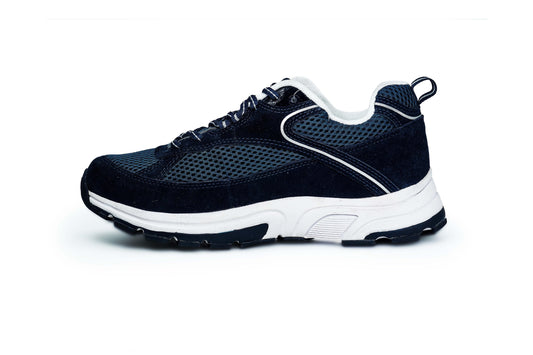Have you ever felt a burning sensation in your leg below the knee, leaving you puzzled and concerned? You're not alone. Many people experience this symptom, and it can be linked to various conditions. Understanding the potential causes and knowing when to seek medical help are essential for maintaining your health.
This sensation can feel as though heat or fire is spreading inside your leg. Sometimes mild and intermittent, sometimes sharp and persistent—it can affect your mobility and daily comfort. Identifying the underlying issue is crucial, as it may stem from simple muscle strain or signal more serious conditions.

What Causes a Warm or Burning Sensation in the Lower Leg?
A burning or tingling heat in the lower leg can vary in intensity and duration. Here are some of the most common causes:
-
Nerve Issues
-
Peripheral Neuropathy: Often linked with diabetes, this nerve condition leads to abnormal sensations like burning, tingling, or numbness. Wearing specialized footwear, such as diabetic shoes from DiabeticShoe.in, can help reduce discomfort and protect sensitive feet.
-
Sciatica: Irritation of the sciatic nerve causes pain and burning that radiates down the leg.
-
Meralgia Paresthetica: Compression of the lateral femoral cutaneous nerve can result in burning, especially worsened by prolonged sitting or weight gain.

-
-
Circulatory Problems
-
Deep Vein Thrombosis (DVT): A blood clot in the leg vein may cause swelling, warmth, and pain. This requires urgent medical care.
-
Peripheral Artery Disease (PAD): Narrowed arteries restrict blood flow, leading to pain and burning during walking or activity.
-
-
Muscular Causes
-
Muscle Strain or Injury: Overuse or sudden exertion can cause calf burning or soreness.
-
Compartment Syndrome: A buildup of pressure within muscles, which may need immediate medical attention in severe cases.
-
-
Other Factors
-
Infections: Conditions like cellulitis can cause redness, swelling, and burning.
-
Skin Issues: Dermatitis or eczema may bring itching and burning.
-
Restless Legs Syndrome: Causes unpleasant burning or crawling sensations that often disturb sleep.
-
When to Seek Medical Help

Seek medical attention if:
-
The burning sensation is severe, persistent, or sudden in onset.
-
You notice swelling, redness, or warmth (possible infection or circulatory issue).
-
It interferes with daily movement or sleep.
-
Symptoms occur with shortness of breath (possible DVT complication).
Treatment Options
Treatment depends on the underlying cause, but common approaches include:
-
Medication: Pain relievers, anti-inflammatories, or nerve-pain drugs.
-
Physical Therapy: Strengthening exercises to improve circulation and mobility.
-
Lifestyle Changes: Balanced diet, regular exercise, and smoking cessation support circulation and nerve health.
-
Surgical Intervention: For severe cases like DVT or compartment syndrome.
For those with diabetic neuropathy or chronic foot discomfort, supportive footwear makes a big difference. Explore men’s diabetic footwear and women’s diabetic shoes at DiabeticShoe.in, designed for cushioning, pressure relief, and long-term comfort.
Preventive Measures

-
Exercise regularly to boost circulation.
-
Wear appropriate footwear with proper cushioning and arch support.
-
Stay hydrated and maintain healthy electrolyte balance.
-
Monitor blood sugar if diabetic to prevent nerve damage.
-
Avoid prolonged sitting or standing—keep moving throughout the day.
Staying Ahead of the Burn
A burning sensation below the knee may come from nerve irritation, circulation issues, or muscular strain. While sometimes harmless, it can also indicate conditions that need prompt care. Recognizing your body’s signals and making supportive lifestyle choices, like staying active, maintaining hydration, and choosing the right footwear, can ease discomfort and protect long-term leg health.
By staying proactive and seeking medical guidance when needed, you can keep your legs stronger, healthier, and free from persistent burning sensations.








